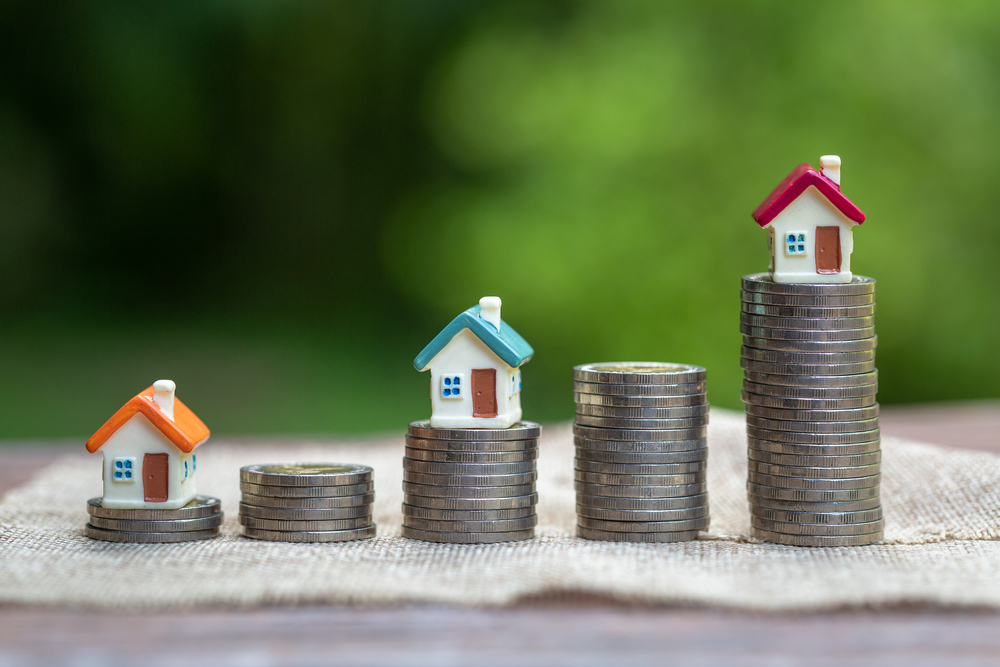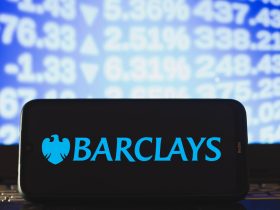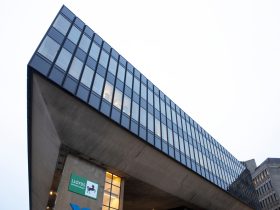The CoreLogic national home value index rose just 0.6 per cent in February after a 1.1 per cent rise in January and a peak of 2.8 per cent in March 2021
Expectations of higher official interest rates this year are expected to be a further drag on the growth in Australia’s house prices, having already slowed to their slowest pace since October 2020.
The CoreLogic national home value index rose just 0.6 per cent in February after a 1.1 per cent rise in January and a peak of 2.8 per cent in March 2021.
Sydney house prices fell 0.1 per cent for the first time in 17 months, while Melbourne prices were unchanged in the month.
The pace of growth in housing values started to ease in April last year, when fixed-term mortgage rates began to face upwards pressure, fiscal support was expiring and housing affordability was becoming more stretched, CoreLogic director of research Tim Lawless said on Tuesday.
With rising global uncertainty and the potential for weaker consumer sentiment amidst tighter monetary policy settings, the downside risk for housing markets has become more pronounced in recent months, he said.
However, the slowdown was less noticeable in smaller capital cities, especially Brisbane, Adelaide and Hobart which rose by more than one per cent in February.
Regional markets have also been somewhat insulated to slowing growth conditions, Lawless said.
Separate data showed demand for housing loans from investors struck a record high in January, while first time buyers remain largely on the sidelines.
The Australian Bureau of Statistics said loans for housing rose 2.6 per cent in January to $33.7 billion.
Of these, owner-occupied mortgages rose one per cent to $22.7 billion, while investor home loans jumped 6.1 per cent to a record $11 billion.
The value of new loan commitments for investor housing has grown for 15 consecutive months, consistent with the strong housing market and growth in house prices, ABS head of finance and wealth Katherine Keenan said.







Leave a Reply